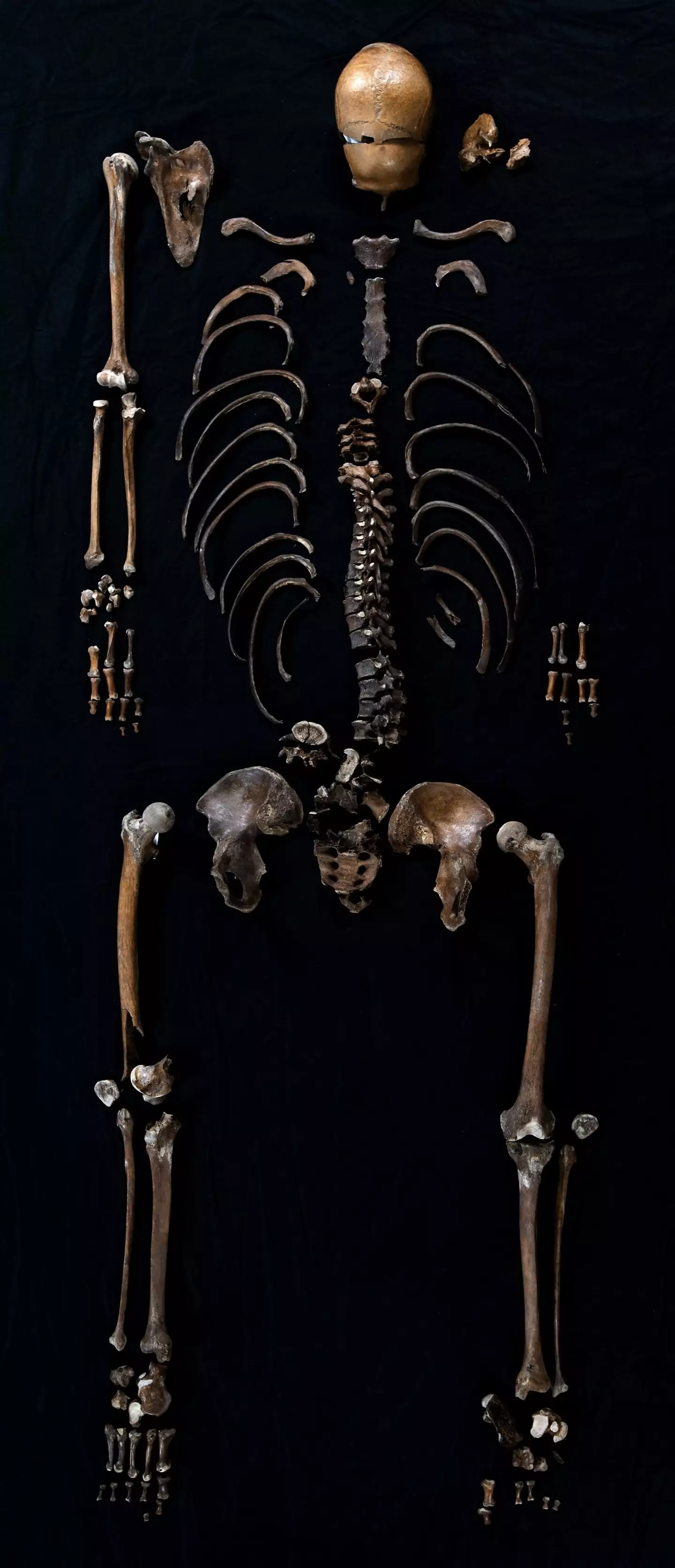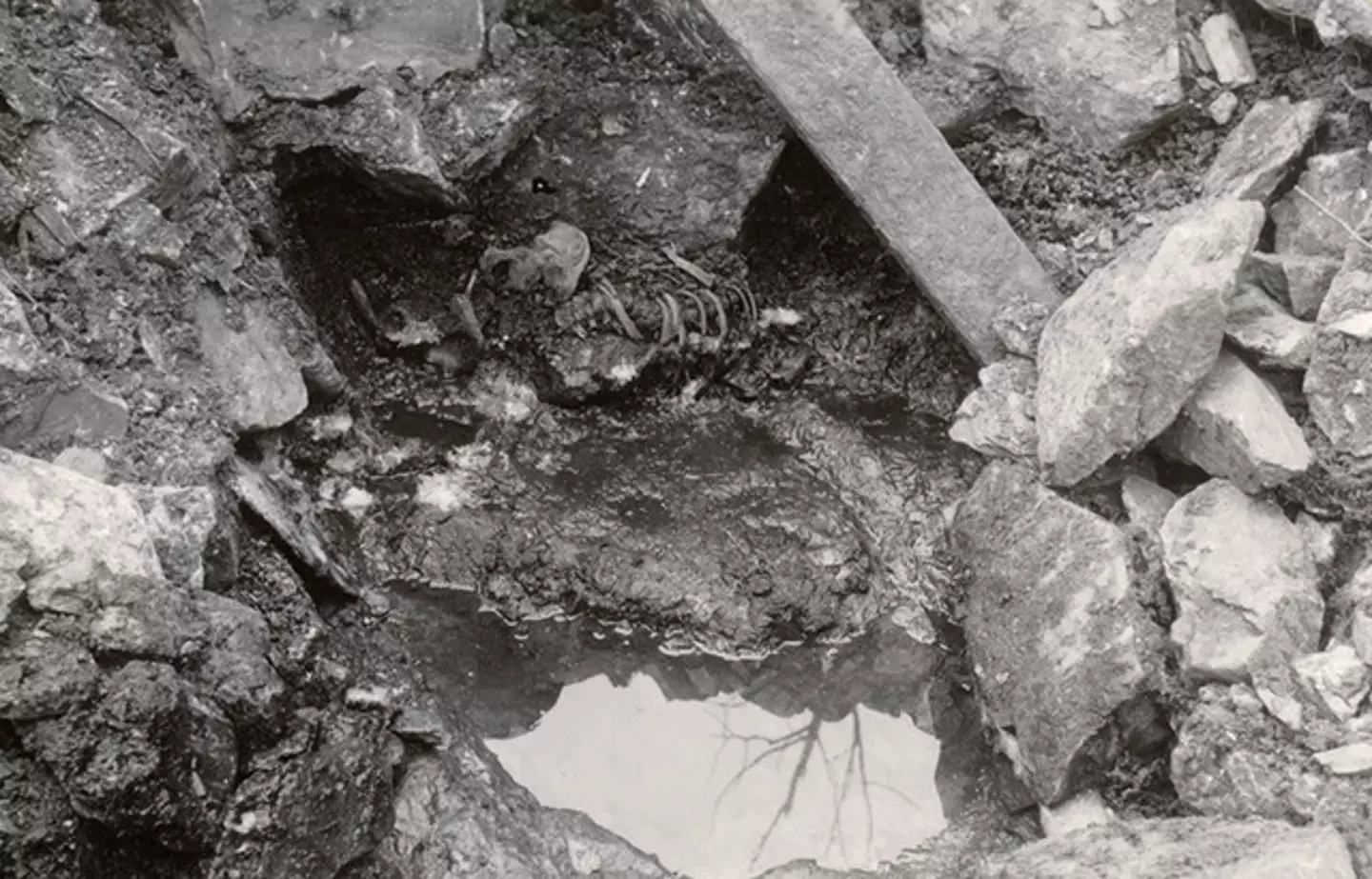
An 800-year-old mystery surrounding skeletal remains dubbed the 'Well Man' looks to have finally been solved, thanks to an expert team of scientists and history buffs.
The centuries-old 'Well Man' skeleton was dumped in the well of a Norwegian castle, and researchers have spent years scratching their heads as to why it was there, and if there was some greater meaning behind where the body was placed.
Well, experts on the case seem to have finally cracked it. At least, we think that's the case.

Advert
A lot of what is known about Norway's history comes from something called the 'Sverris Saga'; a piece of work that narrated King Sverre Sigurdsson’s rule throughout civil wars that took place in the 12th and 13th centuries.
Within the works - which is thought to have been written by those close to the king - a military raid took occurred in the year 1197, during which a body was thrown into a well at Sverresborg Castle, outside Trondheim in central Norway.
It is likely that this was an attempt to poison the main water source for the local inhabitants, once the corpse started to rot and infect what was being drunk by locals.
Now, a new study published in the Cell Press journal iScience this month describes how researchers have used ancient DNA to corroborate the events of the saga and discover details about the 'Well Man'.
Blending history and archaeology with science, this has set a precedent for future research on historical figures.
Advert

“This is the first time that a person described in these historical texts has actually been found,” says Professor Michael D. Martin of the Norwegian University of Science and Technology’s University Museum in Trondheim, Norway.
“There are a lot of these medieval and ancient remains all around Europe, and they’re increasingly being studied using genomic methods.”
The bones of the 'Well Man' were found back in 1938 at Sverresborg Castle, but researchers at the time lacked the tools to do much, aside from visual analysis.
Now, radiocarbon dating and advanced gene-sequencing technology have allowed researchers to craft a more intricate picture of who the Well Man was. Radiocarbon dating confirmed that the body is approximately 900 years old, and studies conducted in 2014 and 2016 confirmed that the body belonged to a male who was between 30 and 40 years old at the time of death.
Advert

Archaeologist Anna Petersén of the Norwegian Institute of Cultural Heritage Research in Oslo, Norway, said: "The text is not absolutely correct—what we have seen is that the reality is much more complex than the text."
Dr. Martin Rene Ellegaard, of the Norwegian University of Science and Technology, added: "We can corroborate what actually happened in a more neutral way."
Looking back in to the case, researchers used samples from the Well Man's teeth to sequence his genome - scientific wording for determining his genetic makeup - which found that he most likely had blue eyes and blond or light-brown hair, and his ancestors likely hailed from the southernmost Norwegian county of present-day Vest-Agder.

Advert
They weren't able to find out what ailments he might have had at the time of his death, which could have indicated why he was thrown in to the water supply if he had, say, a serious infection or disease.
“It was a compromise between removing surface contamination of the people who have touched the tooth and then removing some of the possible pathogens… there are lots of ethical considerations,” says Ellegaard.
“We need to consider what kind of tests we’re doing now because it will limit what we can do in the future.”
Topics: History, Science, Technology, Weird, World News